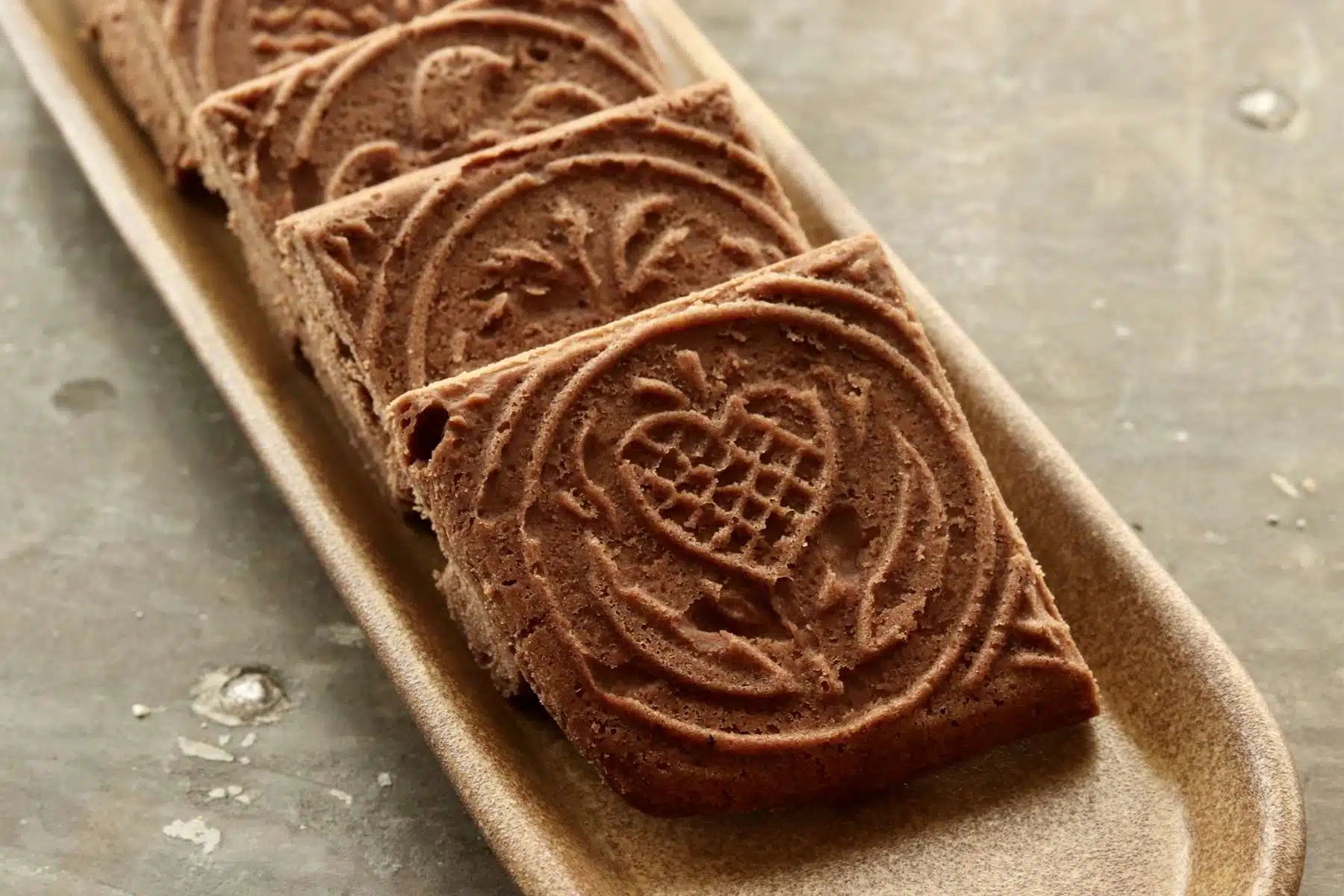
Chocolate Shortbread
Print We’re excited to share our Chocolate Shortbread recipe with you this month! Unlike some of the other recipes we have shared so far, like our Spicy Shortbread and Ginger Shortbread, our Chocolate Shortbread uses powdered sugar rather than brown sugar, giving these cookies a








